June 6, 2015
The latest issue of Insight Weekly is available to view online
 In this week’s issue; employees advised to spend up to half of each day working while standing. Paul Robathan’s views on the loosening of the bonds that link work with place are backed up by a new report that says work will be something workers do, not a place to which they commute; and Mark Eltringham explains why designers and manufacturers continue to launch more sophisticated and better chairs. Plans for the tallest office building outside of London are submitted to Birmingham City Council; CIBSE, the BCIA and the Building Futures Group collaborate to ‘kick-start the future of FM in the UK; and only 3 percent of European employees say their workplace is suitable for collaborative work. Subscribe for free quarterly issues of Work&Place and for weekly news via the subscription form in the right hand sidebar, follow us on Twitter and join our LinkedIn Group to discuss these and other stories.
In this week’s issue; employees advised to spend up to half of each day working while standing. Paul Robathan’s views on the loosening of the bonds that link work with place are backed up by a new report that says work will be something workers do, not a place to which they commute; and Mark Eltringham explains why designers and manufacturers continue to launch more sophisticated and better chairs. Plans for the tallest office building outside of London are submitted to Birmingham City Council; CIBSE, the BCIA and the Building Futures Group collaborate to ‘kick-start the future of FM in the UK; and only 3 percent of European employees say their workplace is suitable for collaborative work. Subscribe for free quarterly issues of Work&Place and for weekly news via the subscription form in the right hand sidebar, follow us on Twitter and join our LinkedIn Group to discuss these and other stories.





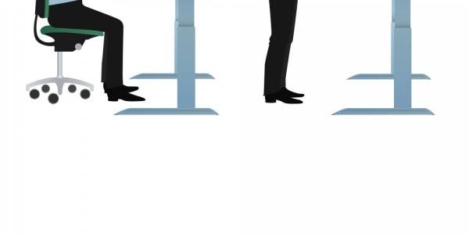
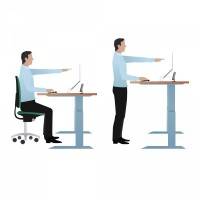 A new study published yesterday in the British Journal of Sports Medicine claims that office workers spend far too much time sitting, are suffering from a range of conditions and illnesses as a result and so should be encouraged to spend up to half of each working while standing. The report,
A new study published yesterday in the British Journal of Sports Medicine claims that office workers spend far too much time sitting, are suffering from a range of conditions and illnesses as a result and so should be encouraged to spend up to half of each working while standing. The report, 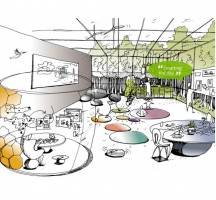
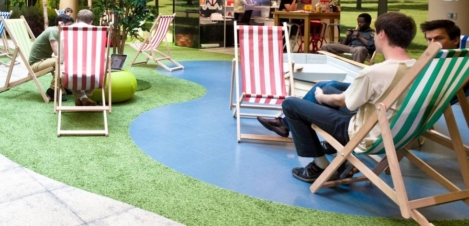
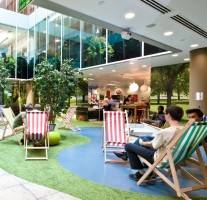
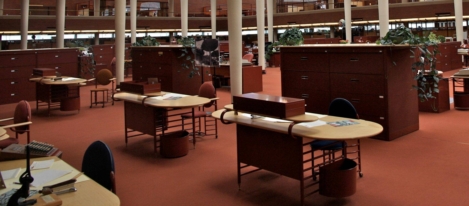
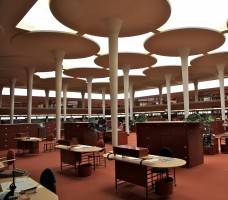
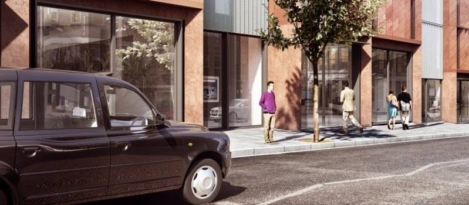

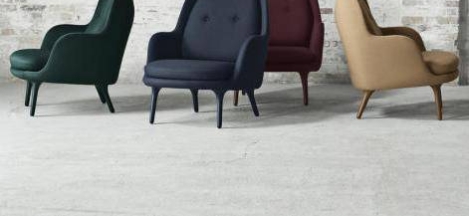

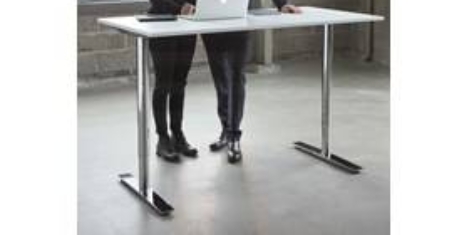
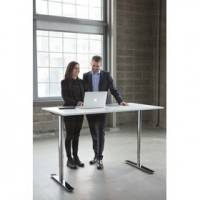


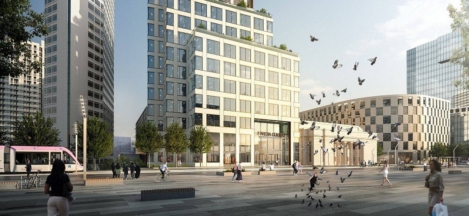
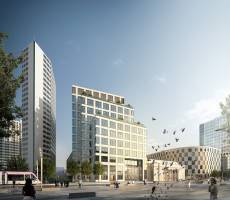
















June 2, 2015
The bonds that link work with place are loosening day by day
by Paull Robathan • Comment, Flexible working, Technology, Work&Place
More →